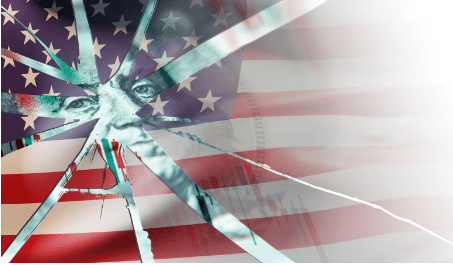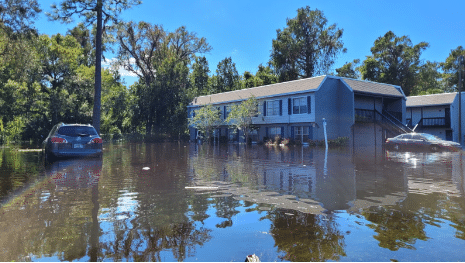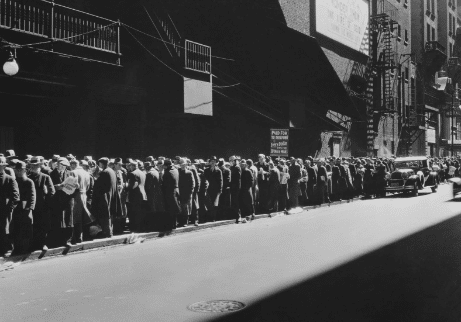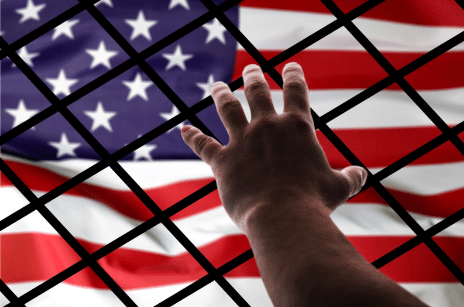
The 2020 Elections Dirty Little Secret: A Tax is Coming on the Middle Class
It’s no secret that quite a few of the Democratic candidates for president want to change the way America operates and bring it closer to how Europe or Asia does. To do this, whoever gets elected to the Oval Office will most likely have to put a value-added tax (VAT) in place to do so.
A VAT is essentially a kind of consumption tax that’s placed on a product whenever value is added at each stage of the supply chain, from production to the point of sale. On a pragmatic level, this tax is something you see in countries where they place a lot more of the financial burden of funding the government on working-class citizens.
If a VAT is likely, why don’t you hear the candidates talking about it? Because it’s something that they'd rather implement as policy rather than bring out into the open as a point of discussion. It’s not a sexy topic, particularly if you’re trying to get elected.
From the left of Bernie Sanders and Elizabeth Warren to the left/center of Joe Biden and Pete Buttigieg, the center of Mike Bloomberg, and even the right of President Trump, they all say they want to save the middle class. But it’s important to pay attention to what the government does--regardless of party--and not what the government says or promises.
For instance, it’s not just the left whose proposed federally funded plans make a VAT a likely prospect in the near future. In today’s financial climate, with a rapidly growing deficit and America’s two biggest entitlements, Social Security and Medicare, still sucking up tons of money, the possibility of a VAT as another stream of government income seems almost necessary (from their perspective) if not inevitable.
Looking at realistic projections by experts and branches of the government itself, the financial future for America looks bleak. The trend we’re in is, to put it lightly, rather unfavorable.
Over the next decade, it’s not inconceivable that government spending will grow by 80% or more to over $7 Trillion. This would bring spending to around 24% of GDP. And, while revenues will grow, the amount of taxes being collected under the current system will not be able to keep up with the spending.
At this pace, the federal deficit will more than double, from where it is now, around $980 Billion, to more than $2 Trillion by the end of the decade. The federal debt would then surpass the U.S.’s national income.
The scariest part is that these are just the projections based on what’s happening now.
In other words, they don’t take into account any massive new spending programs, recessions, wars, pandemics, or other such events. The projections are based on “things as they are,” as if you can use the present as a model for the future. And we know that reality doesn’t really work that way.
So, how will America try to offset these incredibly daunting numbers? A VAT. This essentially taxes every step in the production chain instead of just adding on sales tax at the end. It’s ultimately folded into the final consumer price instead of being broken out separately like a sales tax. In short, stuff will cost more.
Not surprisingly, this tax is widely used around the world--the US being the only country in the 36-member OECD (an an intergovernmental economic organisation) not to have it. This tax enables governments to spend more without actually adding value to the production chain itself. Plus, it taxes the lower and middle class in the exact same way as the wealthy--a difficult proposition to sell to the American people.
But with the potential of a financial crisis on the horizon however, the government will have no choice but to consider and, most likely, enact the tax.
Even if the tax rate goes up to 70% on the wealthy, capital gains and duties are raised, and a wealth tax is enacted, that still only gets the government about halfway to where it needs to be by the end of the decade.
An increased payroll tax is another way the government could make up some of this needed deficit. Once again, following the European model, the US government would take a significant amount more out of people’s paychecks in FICA to cover entitlements such as Medicare and Social Security.
At this point, the question seems to be more like WHEN, not IF, these government collection tools will be put in place. If there are no new, big government spending programs put in place and the economy avoids any major calamity, these methods could lead the US back to financial stability. And, while it would hurt the working class, it may not be catastrophic.
If big new programs are passed, such as the Medicare For ALL plans favored by Warren and Sanders, these taxes would have to be passed much faster and more aggressively. This would mean two things:
First, current high-earners will not be able to accumulate wealth like high-earners before them.
Second, it would go a long way towards further stressing the middle class, using them to fund this government spending, essentially killing the middle-class American Dream.
The financial market is crumbling and EVERYONE will be affected. Only those who know what's going on and PREPARE will survive... dare we say thrive. Our 7 Simple Action Items to Protect Your Bank Account will give you the tools you need to make informed decisions to protect yourself and the ones you love.











